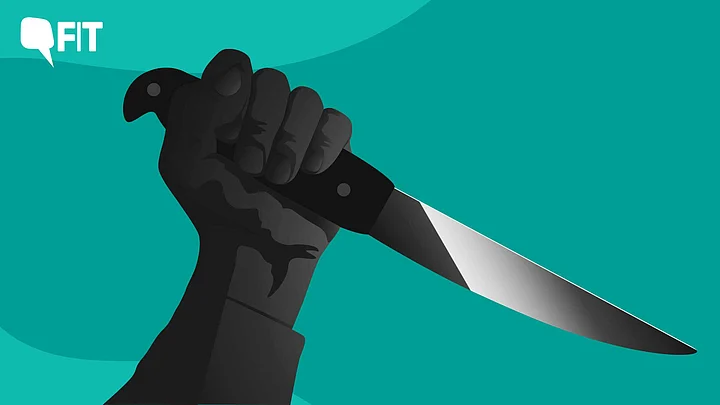12 July, 10 pm: Things were pretty normal at the Jai Prakash Narayan Apex Trauma Centre at Delhi’s All India Institute of Medical Sciences. Well, as normal as things can be in an emergency room.
That was until a man, somewhere in his twenties or thirties, was brought in through the trauma centre doors. The man, hailing from Haryana’s Karnal, had been stabbed in the back with a six-inch knife.
Earlier in the day, at around 2 pm, the man was working at his relative’s jewellery shop, where he was attacked unguarded during a robbery attempt.
The patient reportedly went to two different hospitals but couldn’t get help in either, until he was finally referred to AIIMS, where he reached, lying face down while the knife was still stuck in his back.
Speaking to FIT, Dr Kamran Farooque, Chief – Trauma Centre – talks about how his team, led by him and Dr Abhishek Singh, operated on the patient and saved his life.
The Initial Challenges The Medical Team Faced
Having seen many cases of stabbings over the years, doctors at AIIMS have a set of standard protocols ready for such times.
As soon as the man was brought in, the first thing that the doctors did was resuscitate him and stabilise his vitals like blood pressure, glucose levels, etc. The next thing they did was conduct scans and imaging tests on him.
Their order of priorities, Dr Farooque tells FIT, was this:
Taking out the knife from the man’s back
Prevent further injury or damage to the patient
Stabilise the spine
While the team at AIIMS had enough experience with such cases and set protocols too, they faced many unprecedented challenges too.
After an entire night of planning, the operation theatre was readied early next morning and the patient taken in. But, the troubles were just beginning…
“Putting the patient to sleep or anaesthetising him was a challenge because normally patients need to lie on their back, which was not possible in this case as the patient was lying face down.”Dr Kamran Farooque
That was challenge #1. The next roadblock came just a few minutes later. Dr Farooque says:
“We had to plan the incision carefully so that we could safely take out the knife, without moving it since it’s a sharp object and there are a lot of vitals in that area – the main blood vessel, the spinal cord which carries all the sensory and motor nerves of the body.”
The team did just that! They worked around the knife, cutting the bone around it with different instruments so that it does not further damage the spinal cord or other organs.
Doctors also had to figure out how to safely decompress the spine and the bone around the dagger. They also had to wash the spine out to prevent any infections since there was a leak of the cerebrospinal fluid (CSF).
Following this, the spinal cord was repaired to stop the CSF leakage.
All this was of utmost importance since, Dr Farooque tells FIT, “We did not know how sharp the knife was.” The knife had cut through the bone and was stuck in the man’s spinal cord.
‘Recovering Well Now’: Doctors On The Patient’s Progress
After the surgery was completed, one limb of the patient was partially damaged, and there was loss of power in the second one. However, he was discharged after one week of hospitalisation.
Dr Farooque, happy with the patient’s recovery so far, says, “When he came to get his stitches removed after two weeks, he was able to move his toes in the damaged limb. He’s recovering well.”
The team is happy, more so, because there were several complications due to the nature of the injury.
“In this case, if we had removed the knife without cutting the bone, it would have required too much force which could have caused complete paralysis in both limbs.”Dr Kamran Farooque
Is there anything that the doctor would like people to take note of?
In case of stabbings or injuries caused due to impalement, doctors don’t want patients to waste their time at local clinics or nursing homes.
Rather, patients should go straight to hospitals that have operating theatre facilities because sharp objects should only be removed in controlled environments and circumstances, with the correct expertise.
Why exactly?
There is a chance of infection which can be depleted in the operation theatre.
Until the surgery is done, there’s no way to know which organs/structures are damaged, and whether the knife has gone through a blood vessel.
There can be massive blood loss.

